Estimated reading time: 5 minutes
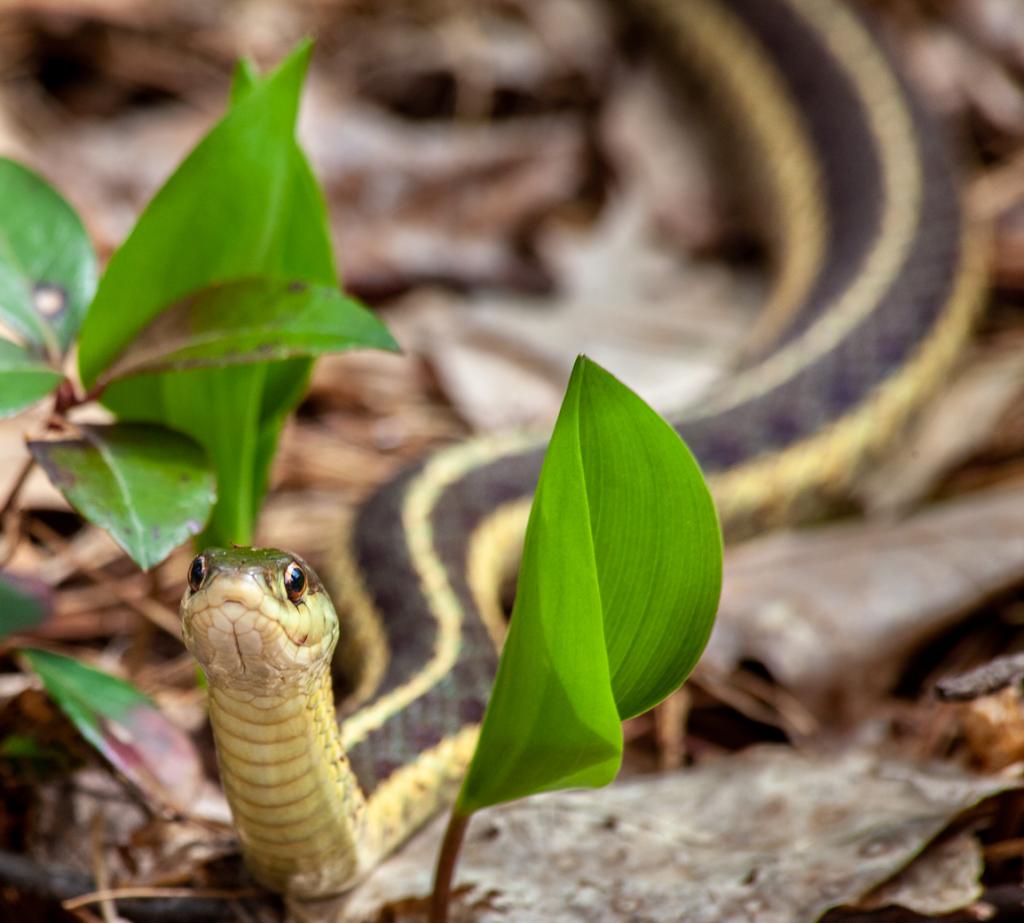
Here’s a list of the most common snakes found in the United States:
While most aspects of living at the lake are enjoyable, dealing with less-than-pleasant wildlife is not. For most people, coming across a snake in your backyard or while hiking through the woods is terrifying. It’s no wonder why—many snakes are venomous, and these reptiles are always portrayed in the media as vile creatures who are better off dead. However, not all snakes are harmful. In distinguishing friends from foes, it’s important to be able to identify these various types of common snakes. Developing an awareness of the most prevalent snake species in the U.S. will help you determine when to run for your life and when to simply walk by.
Garter Snake
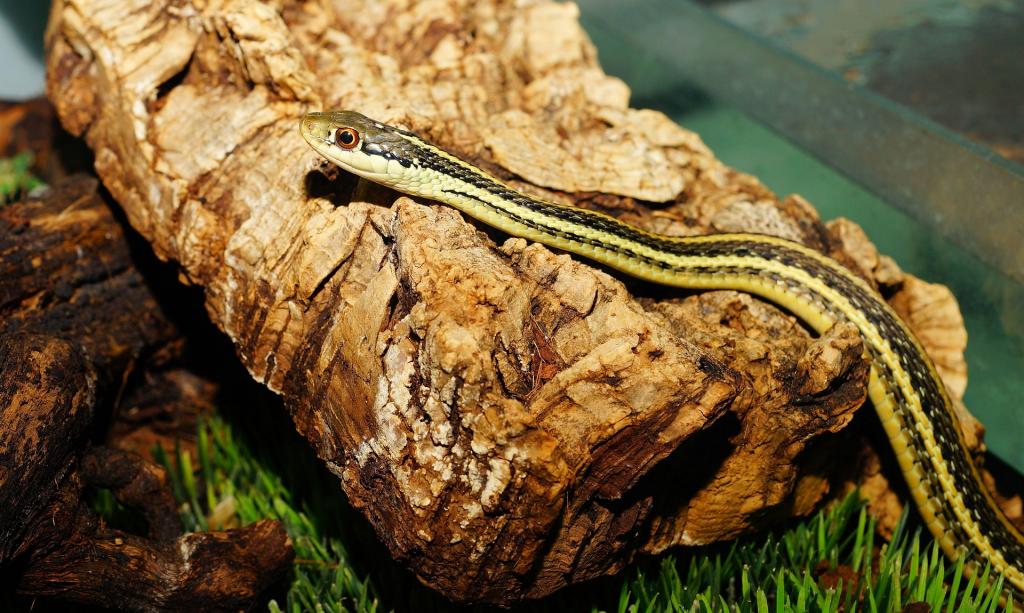
From the Thamnophis genus, this snake species is spread widely throughout North America, making it one of the country’s most common snakes. Although the common garter snake can be found in any region from Canada to the southern U.S., they prefer humid areas with lots of water, such as grasslands and forests. They can be identified by their vertical stripes, which extend longitudinally from head to tail. Typically, they’re characterized by lighter, yellow-ish pattern stripes with a darker background.
Coral Snake
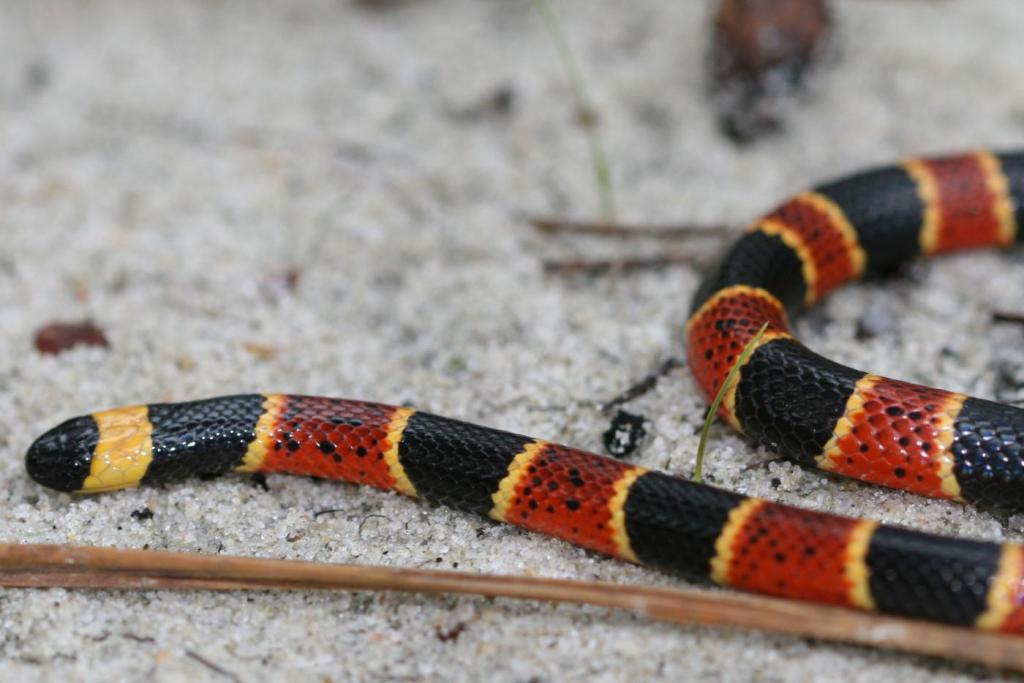
The coral snake prefers temperate and warm climates in the southeastern U.S. You’ll know a coral snake by its color-blocking pattern of alternating yellow, black, and red stripes. However, a certain famous rhyme comes in handy here: “Red touches yellow, kill a fellow. Red touches black, friend of Jack.” Coral snakes happen to be the former. Because they’re highly venomous, you’ll want to stay far away. It’s also worth noting that there are some exceptions to this rhyme, and it’s important to be aware of them.
Kingsnake
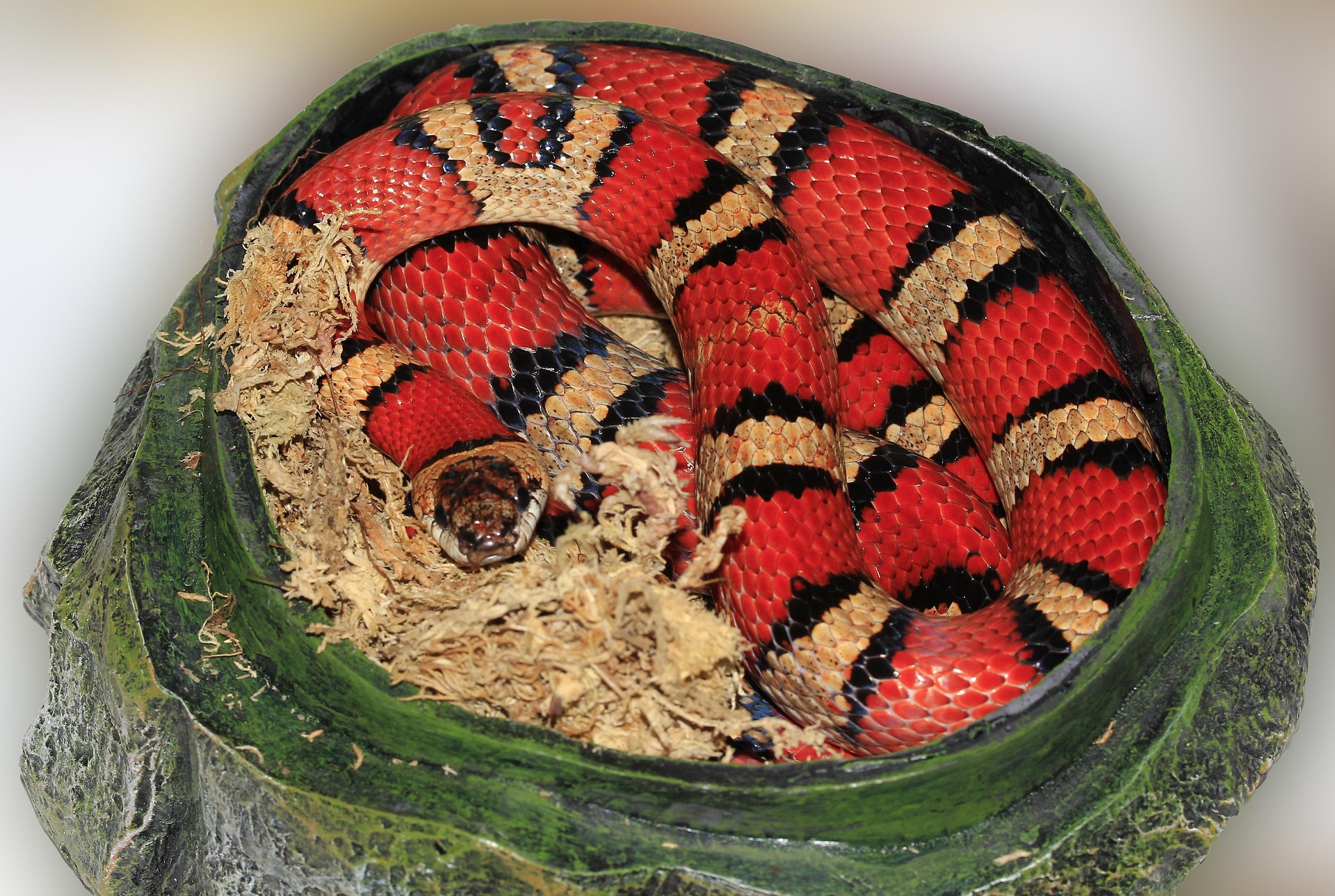
The king snake is part of the Lampropeltis genus. From the Greek words “lampro” (shiny) and “peltus” (shield), these snakes are identified by their shiny, smooth scales. There are many subspecies of kingsnakes, such as milk snakes, the California kingsnake, and the Mexican black kingsnake. These creatures are non-venomous constricting snakes, so you don’t need to worry. Like coral snakes, the king snake is recognized by red, yellow, and black bands. However, a king snake’s red bands will be adjacent to black ones, as indicated in the second half of the rhyme (red touches black, friend of Jack).
Watersnake
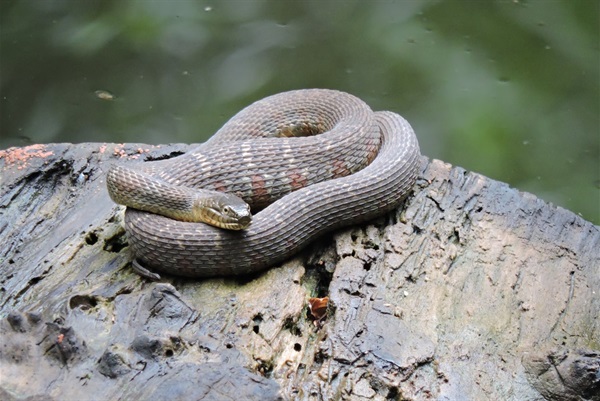
Native to North America, the watersnake can be found all throughout the eastern U.S. As their name suggests, they tend to live around bodies of water such as rivers, creeks, and marshes. Although they are non-venomous, they are often confused with the highly venomous cottonmouth snake. Additionally, these water snakes can be confused with venomous water moccasins which have heavier heads and stockier bodies. They share a brown, grayish shade with patches of lighter coloring– a look that was likely adapted through evolution to living in a water-based environment.
Rattlesnake
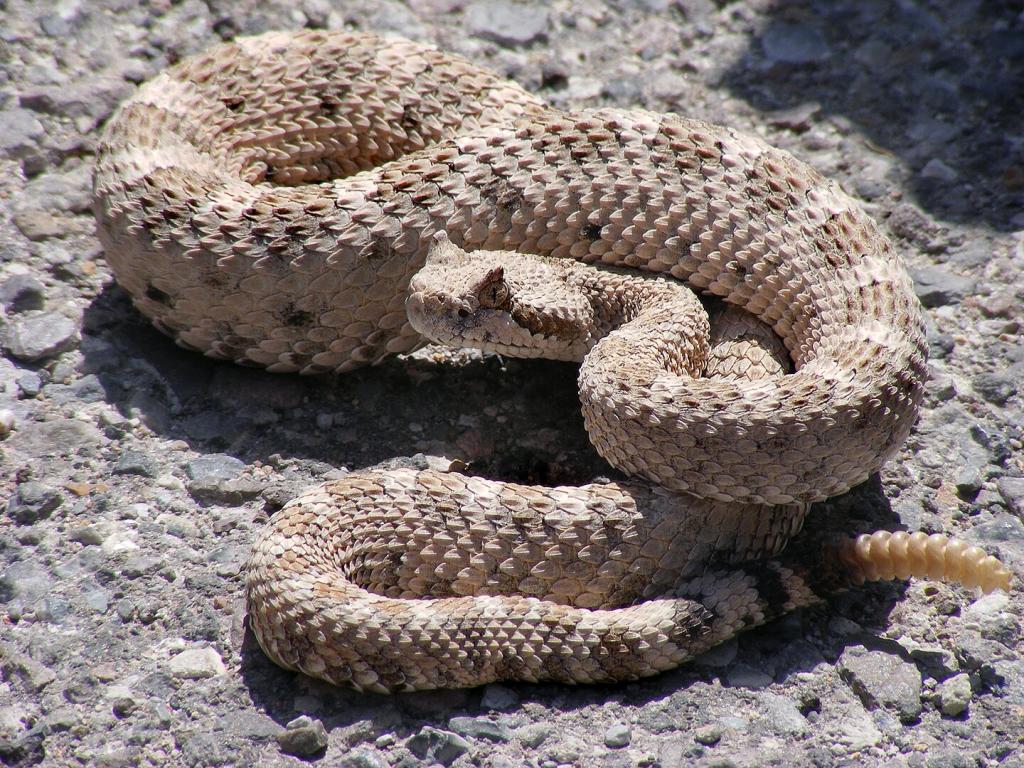
Perhaps the most infamous snake species, the rattlesnake belongs to the genus Crotalus which derives from the Greek word for “rattle.” With its thick body, triangular head, and diamond-shaped patterns, it’s one of the most recognizable snakes in North America. These nocturnal species have “heat vision” allowing them to thrive in desert regions with arid climates such as Arizona. Highly venomous, they use their large fangs to capture prey, hissing and rattling before they attack.
For more information about identifying which snakes are harmful, check out this resource.

